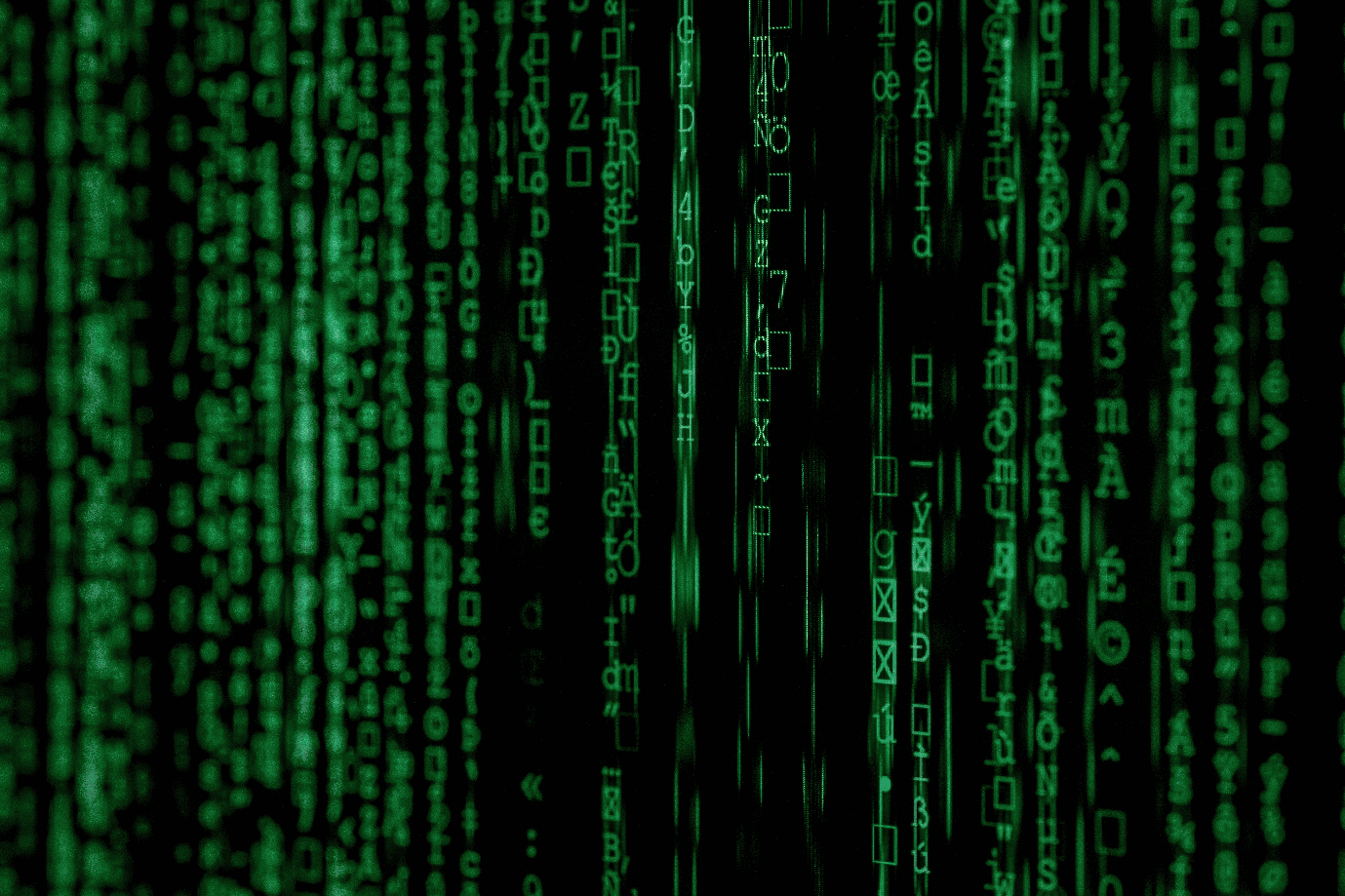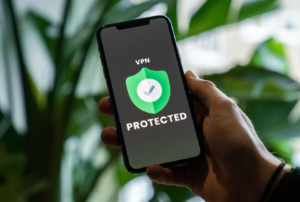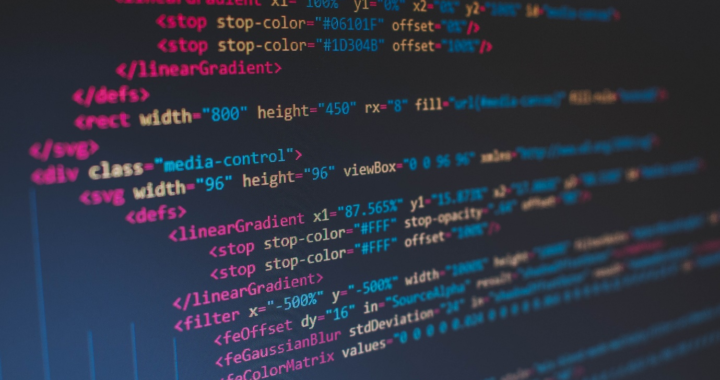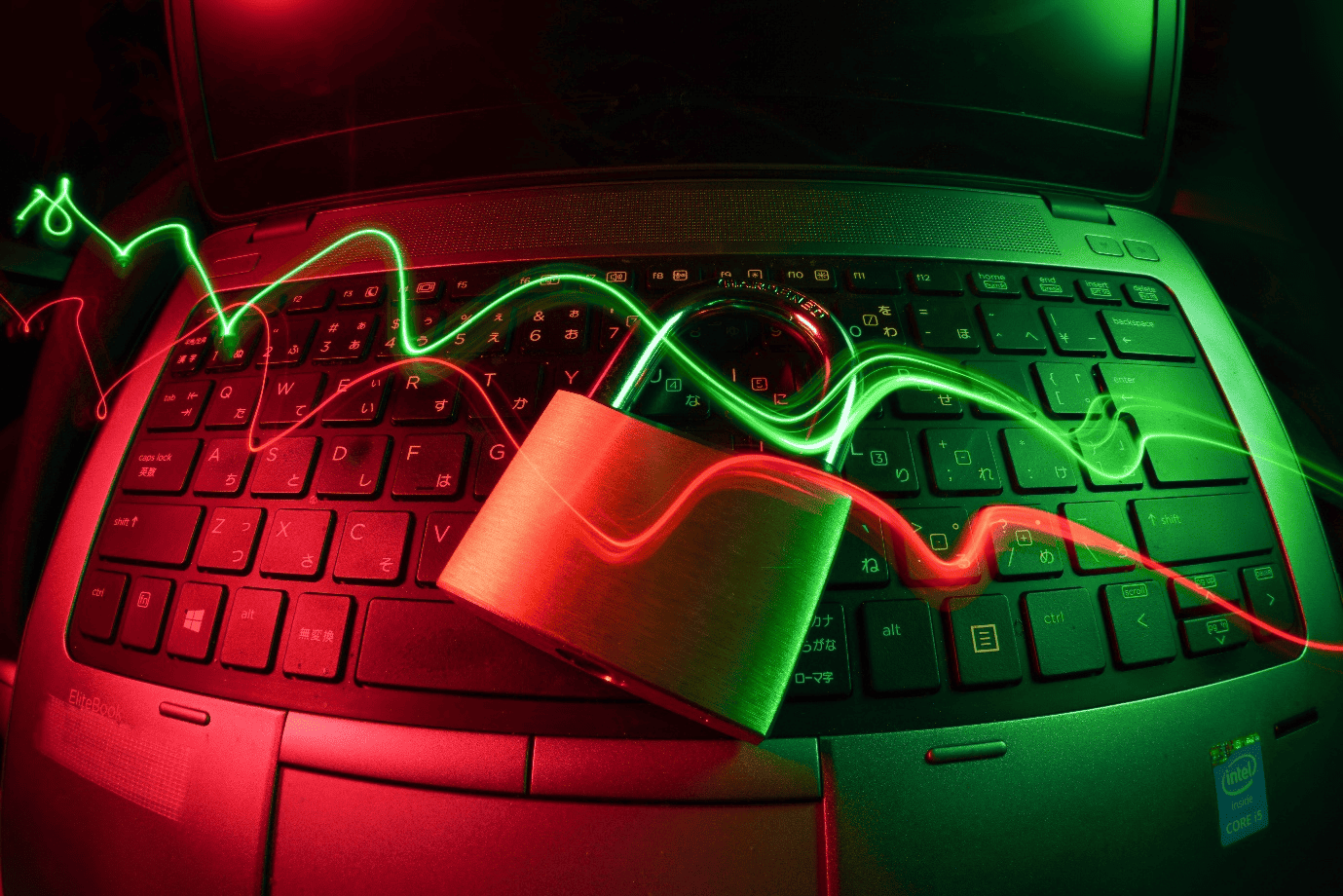As we enter 2023, the interest in Artificial Intelligence (AI) has significantly increased, and rightly so. All industries are incorporating Artificial Intelligence (AI) into their practices, including digital forensics. However, not many people know the role it plays in digital forensics.
Artificial Intelligence (AI) mimics the reasoning and thought processes of humans, streamlining and automating existing processes. It minimizes human intervention and automates procedures and practices. But how do AI and digital forensics work together? Let’s find out!
This blog will explain how Artificial Intelligence (AI) will transform digital forensics in 2023 and beyond. Keep reading to learn more.
Processing Complex and Large Volumes of Data
One of the major challenges that digital forensic experts face today is dealing with large volumes of complex data. It takes hours to sift through data and collect what’s useful. This leads to a waste of resources and time. Thus, Artificial Intelligence (AI) can speed up the process, saving time and resources.
Computer-based programs can intelligently perform tasks, collect data, and preserve it. This can help digital experts come up with better solutions.
Speeds Up the Data Analysis Process
Artificial Intelligence (AI) can also help with logical reasoning and the conclusions obtained after a digital forensic investigation. It helps experts by assessing and critiquing the logic and process used. Therefore, it can help identify any flaws while speeding up the data analysis process.
The experts don’t have to spend a lot of time revising and checking the conclusions as they will have Artificial Intelligence (AI) to do it for them without any risks or possibilities of mistakes.
 Pattern Recognition
Pattern Recognition
Finally, another way Artificial Intelligence (AI) is transforming digital forensics is by helping with complex data processing. As mentioned above, complex data can take a lot of time and resources. Plus, it can be challenging to handle unique data patterns and types.
Therefore, Artificial Intelligence (AI) can help with data clusters. It allows analysts to recognize patterns in complex data clusters which they must have missed otherwise.
Anticipating Future Threats through Predictive Analysis in Digital Forensics
A noteworthy development in the integration of AI in digital forensics is the rise of predictive analysis. By harnessing machine learning algorithms, digital forensic tools, including those specializing in mobile device forensics, can predict potential threats and security breaches. This empowers organizations to adopt proactive measures, shifting from reactive to proactive forensic approaches. This paradigm shift enhances cybersecurity measures, enabling the mitigation of risks before they escalate.
Ethical Considerations and Challenges in the Realm of Cyber Forensic Experts
With the increasing integration of AI in digital forensic services, ethical considerations and challenges become paramount, particularly for cyber forensic experts. The reliance on automated systems raises concerns about transparency, accountability, and potential biases inherent in AI algorithms. Striking a balance between the efficiency of AI-driven processes and the ethical implications necessitates ongoing dialogue, collaboration, and the establishment of ethical guidelines within the digital forensic community.
Reshaping the Landscape: The Role of Digital Forensic Experts

The integration of AI into digital forensics, including specialized digital forensic services, is reshaping the landscape in profound ways. This evolution offers enhanced data processing capabilities, accelerated analysis, advanced pattern recognition, and the potential for predictive measures in mobile device forensics. As we progress into 2024 and beyond, the collaboration between human expertise, particularly that of cyber forensic experts, and AI-driven tools will likely become more intricate. This holistic approach addresses both the advantages of innovation in digital forensics and the ethical considerations associated with responsible AI implementation. This marks an exciting era for digital forensics, where the expertise of a digital forensic expert is complemented by cutting-edge technology for more effective and reliable investigative processes.
If you are searching for digital forensic experts to help with your case, Eclipse Forensics is your best bet. We offer services like device forensics, image redaction, and video analysis.




















